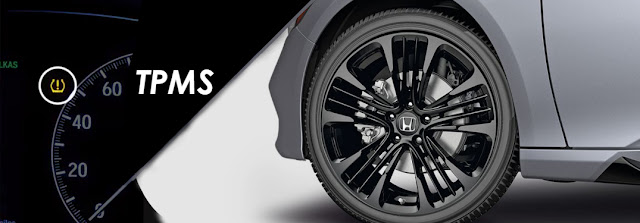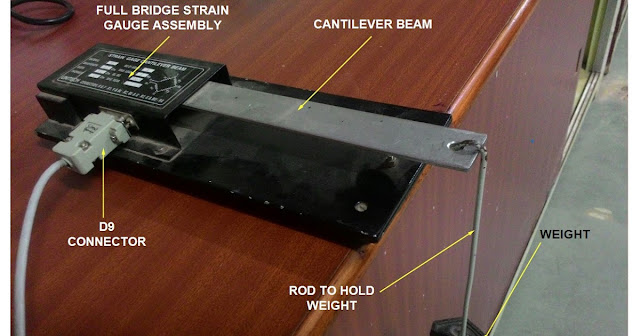What is LVDT?
LVDT is an acronym for Linear Variable Differential Transformer and is a common type of electromechanical sensor that can convert the rectilinear motion of an object along an axis into a corresponding electrical signal. Common applications that use LVDT are vibration, traction, compression, stress measurement Construction: An LVDT consists of a hollow cylinder with a shaft or push rod that moves freely back and forth inside the hollow cylinder. The pushrod is connected to a magnetically conducted core. A primary coil is wrapped around the middle of the hollow cylinder and is energized by constant amplitude AC source, known as the primary excitation While two secondary coils having an equal number of turns are wrapped on either side of the cylinder at equal distances from the primary coil. The two secondary coils are connected in the series generating AC output voltage. A signal conditioning circuit that is housed inside the LVDT structure is...



